When it comes to measuring vertical jump height, having the right tool is essential. The correct device not only accurately measures performance, but also motivates an athlete to push their limits.
While vertical jump height is often the standout metric, athletes and coaches who want true performance tracking should also consider Ground Contact Time (GCT) and Reactive Strength Index (RSI). These measurements provide deeper insights into an athlete's speed and explosiveness.
In this buyers guide, we’ll explore key metrics that can be measured, and the various tools on the market that can be implemented. These products range in measurement styles, portability, accuracy, and affordability. Ensure you have the best vertical jump device to track progress and guide training decisions.
Key Metrics
Vertical Jump Height
Vertical jump height is one of the most common measurements of athletic ability. It requires explosive strength to accelerate upwards and reach peak height.
Measure jump height of standing verticals, seated jumps, or approach jumps.
Ground Contact Time (GCT)
Ground contact time, known as ‘GCT’, is valuable in keeping athletes quick. By measuring how long it takes the athletes to get off the ground, we can get instant feedback, driving them to become as bouncy as possible.
Measure GCT with hurdle hops or seated box jumps getting off the ground as quick as possible.
Reactive Strength Index (RSI)
Reactive strength index, known as ‘RSI’, is jump height divided by ground contact time. This gives the athlete two goals; increase jump height and minimize GCT. This is commonly done with the RSI Test.
Measure RSI to give your athletes a combined goal of jumping as high as quick as possible.
Products
OVR Jump
OVR Jump uses an infrared laser barrier to detect the presence of an athlete on the ground. When the athlete jumps and lands inside the laser barrier, the device calculates the jump height. The result instantly displays to the onboard display, or mobile app (OVR Connect).
OVR Jump comes with a receiver (long bar) and transmitter (short bar) to create the laser barrier. The transmitter shines infrared LEDs from about four feet away, creating an area for measurement. Multiple receivers can be chained together to extend the effective area, doubling, tripling, even quadrupling the measured space.
Since OVR Jump directly measures the presence of the athlete on the ground, it effectively measures jump height, ground contact time, and RSI. At under two pounds it can be thrown in any backpack, and is affordable for all athletes or coaches.
|
Pros |
Cons |
|
|
|
|
|
|
|
Jump Mats
Jump mats have been used for many years to measure jump height. They use a contact mat, which recognizes when an athlete is on the mat or in the air. Using a flight time equation, it calculates the jump height and displays it to a corded controller or mobile app. The mat can also measure GCT and RSI.
The process involves setting up the 40 pound mat on a firm surface. Once turned on, the athlete can step on the mat, and once ready, take their jump. The reading will show on the corded controller, or a required mobile app.
While this system can be effective, mats often have pressure thresholds of 60-110 pounds. Due to this, the mat will recognize the athlete in the air before they actually take off, as their pressure on the mat goes below the threshold. The same action occurs on landing. This can inflate flight time, and thus jump height, skewing results further for Depth Jumps with RSI.

|
Pros |
Cons |
|
|
|
|
|
Reach-based Devices
Reach-based equipment uses a set of horizontal sticks, known as vanes. The athlete jumps, and reaches as high as possible, displacing the vanes. After deducting the athlete's reach from the ground (measured before jumping), the vertical jump height can be calculated. These devices are not able to measure GCT or RSI.
This device comes in a large package size that wheels around, and is difficult to break down and move locations.
The visual target can be useful for motivating athletes. There can be ways for the athlete to reach beyond their true jump height, by stretching through their whole body, reaching higher than measured on the ground. The cue of reaching as high as possible may also reduce emphasis on the athlete pushing hard into the ground.

|
Pros |
Cons |
|
|
|
|
|
|
|
Accelerometers
Accelerometer based tools are small devices that attach to the athlete's body or clothing. The device uses the impulse of a jump, measures acceleration of the movement, and calculates an estimated jump height.
The device is small, affordable, and uses a mobile app that is required to view data.
Due to the nature of measuring acceleration opposed to jump height, there can be inconsistencies with readings. Very small differences in acceleration can cause large discrepancies in jump height, making progress difficult to measure. While these devices give GCT and RSI metrics, the readings can be inconsistent with the lack of direct ground presence measurement.

|
Pros |
Cons |
|
|
|
|
|
Conclusion
|
Weight |
Cost |
Accuracy |
|
|
OVR Jump |
1.6lbs |
$299 |
High |
|
Jump Mats |
40lbs |
$1,000+ |
Medium |
|
Reach Devices |
45lbs |
$750 |
High |
|
Accelerometers |
<0.5lbs |
$200 |
Low |
When choosing a jump measurement device, factors like weight, cost, accuracy, and ease of use play an important role in the right decision. While jump mats and reach devices offer some benefits, they come with limitations in portability and consistency. Accelerometer-based devices are affordable and compact but often fall short in accuracy. OVR Jump provides a comprehensive solution, offering high accuracy in a lightweight, portable design, all at an affordable price. Whether you’re an individual athlete or a coach managing a team, OVR Jump’s simplicity, precision, and all-in-one metrics tracking make it a clear choice for those serious about improving vertical jump performance.

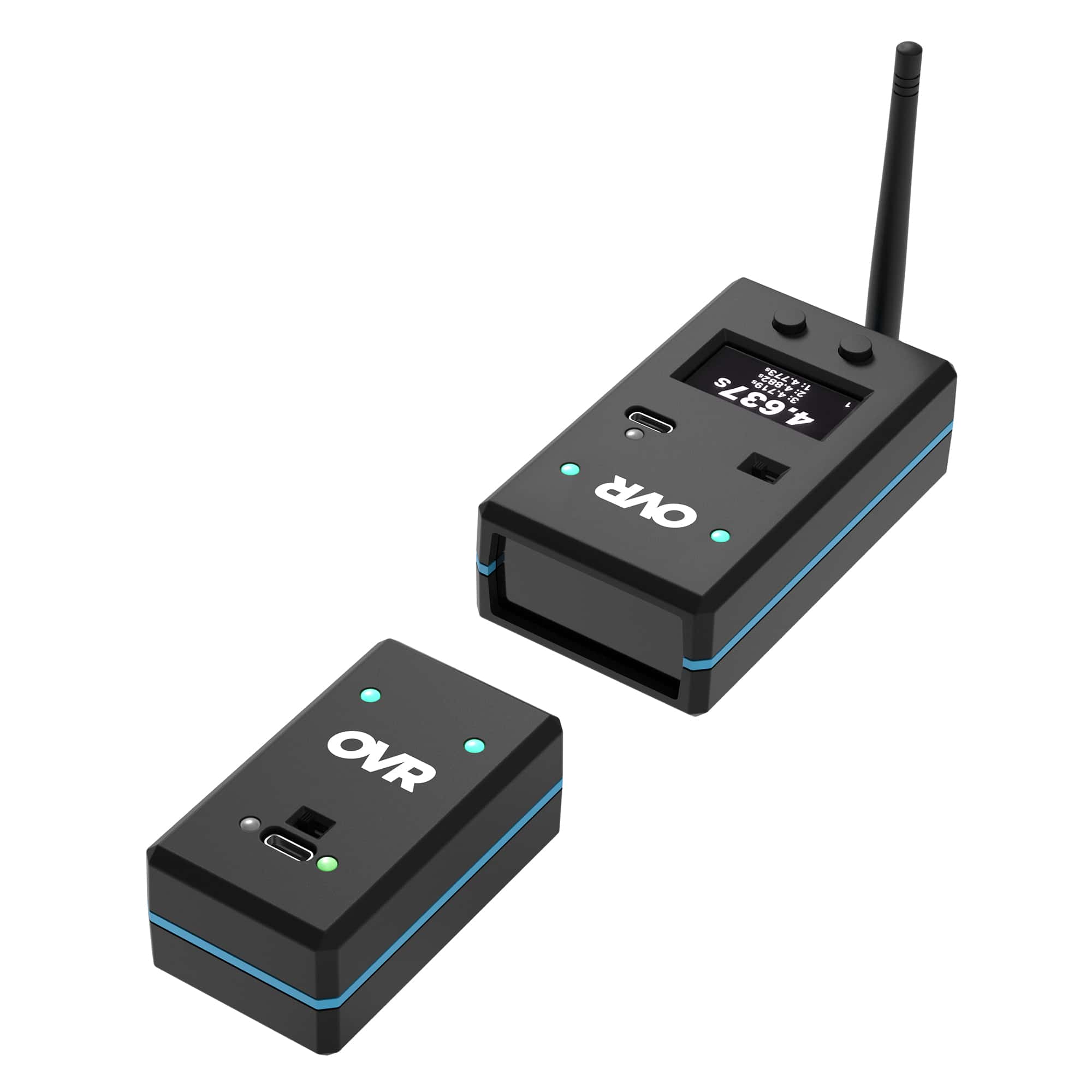
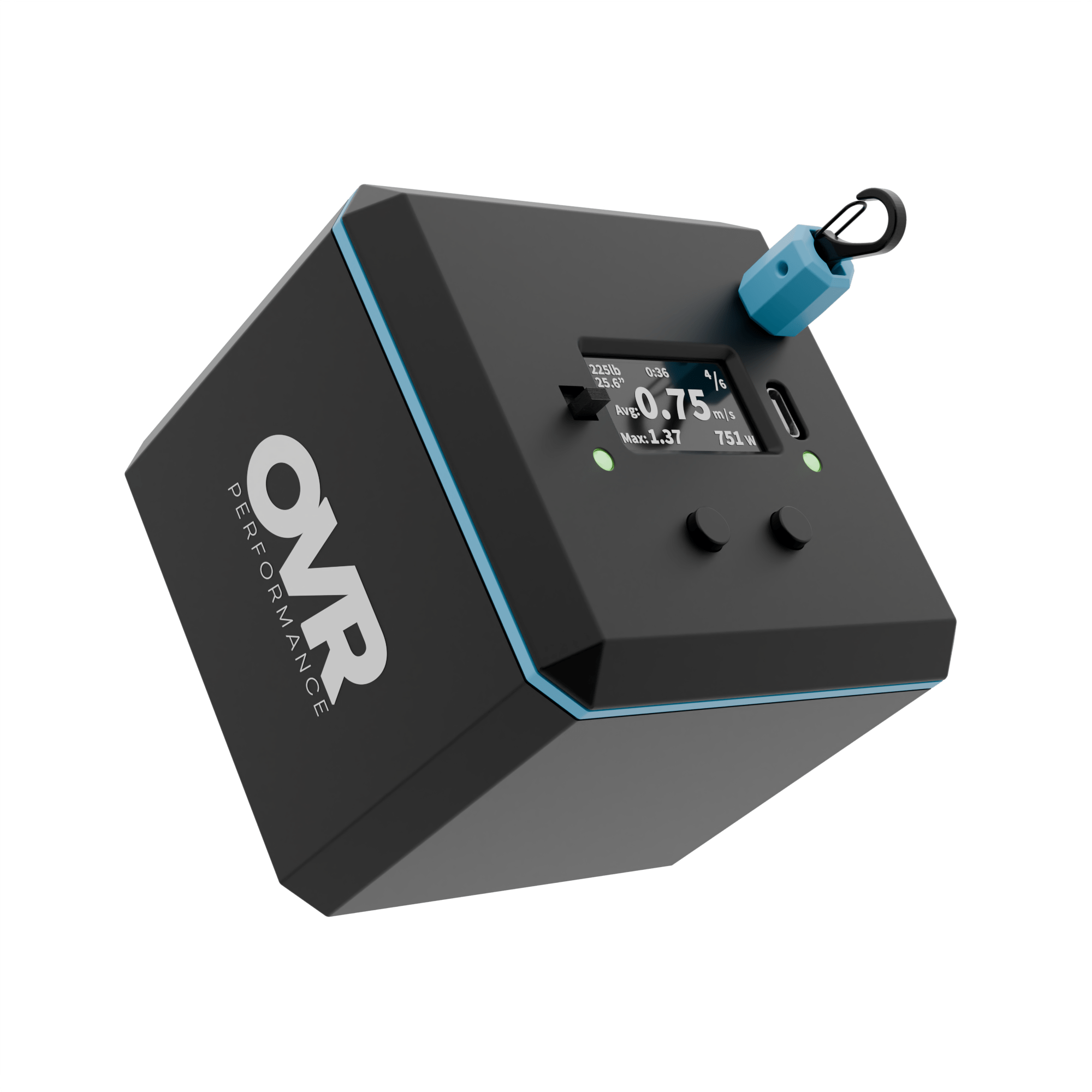

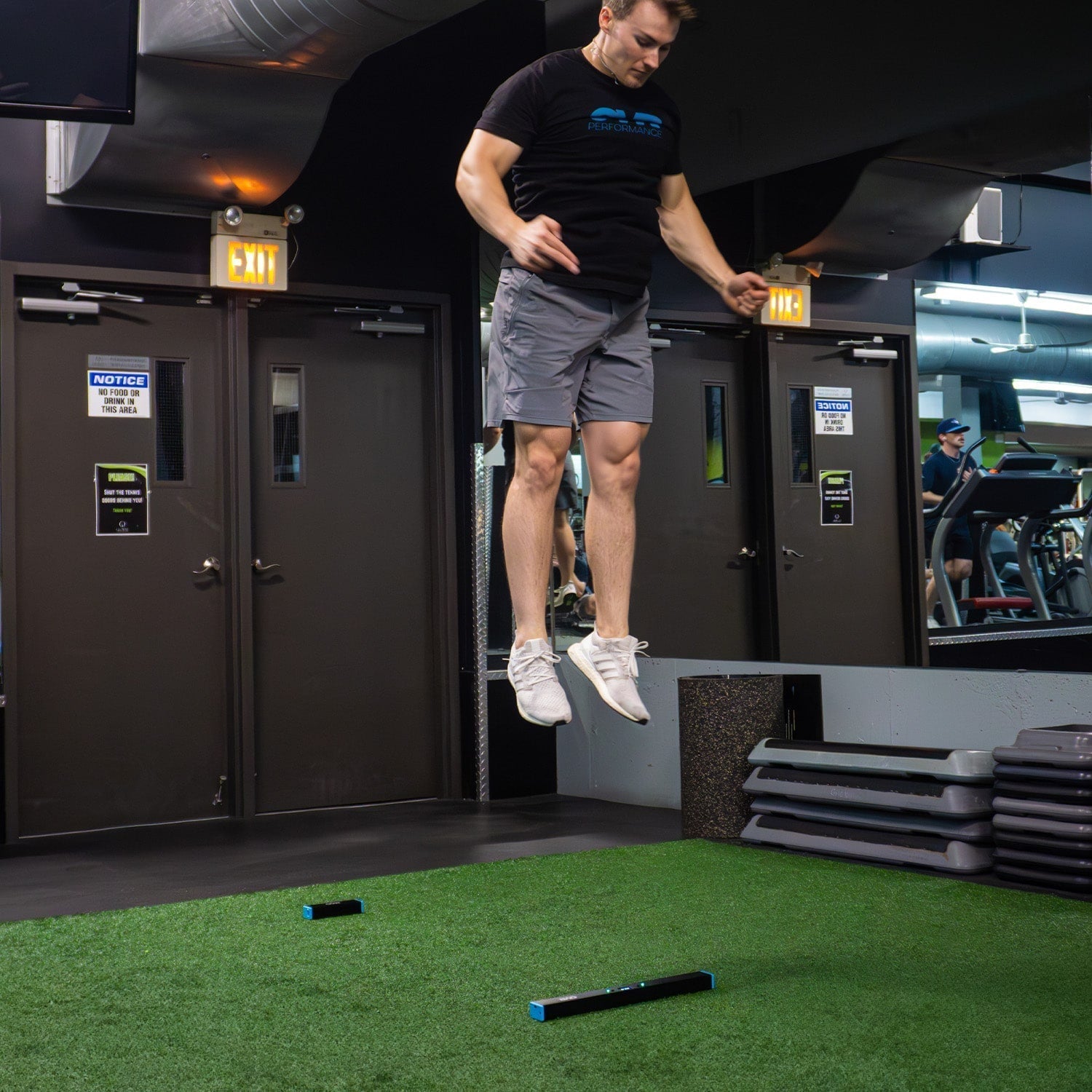


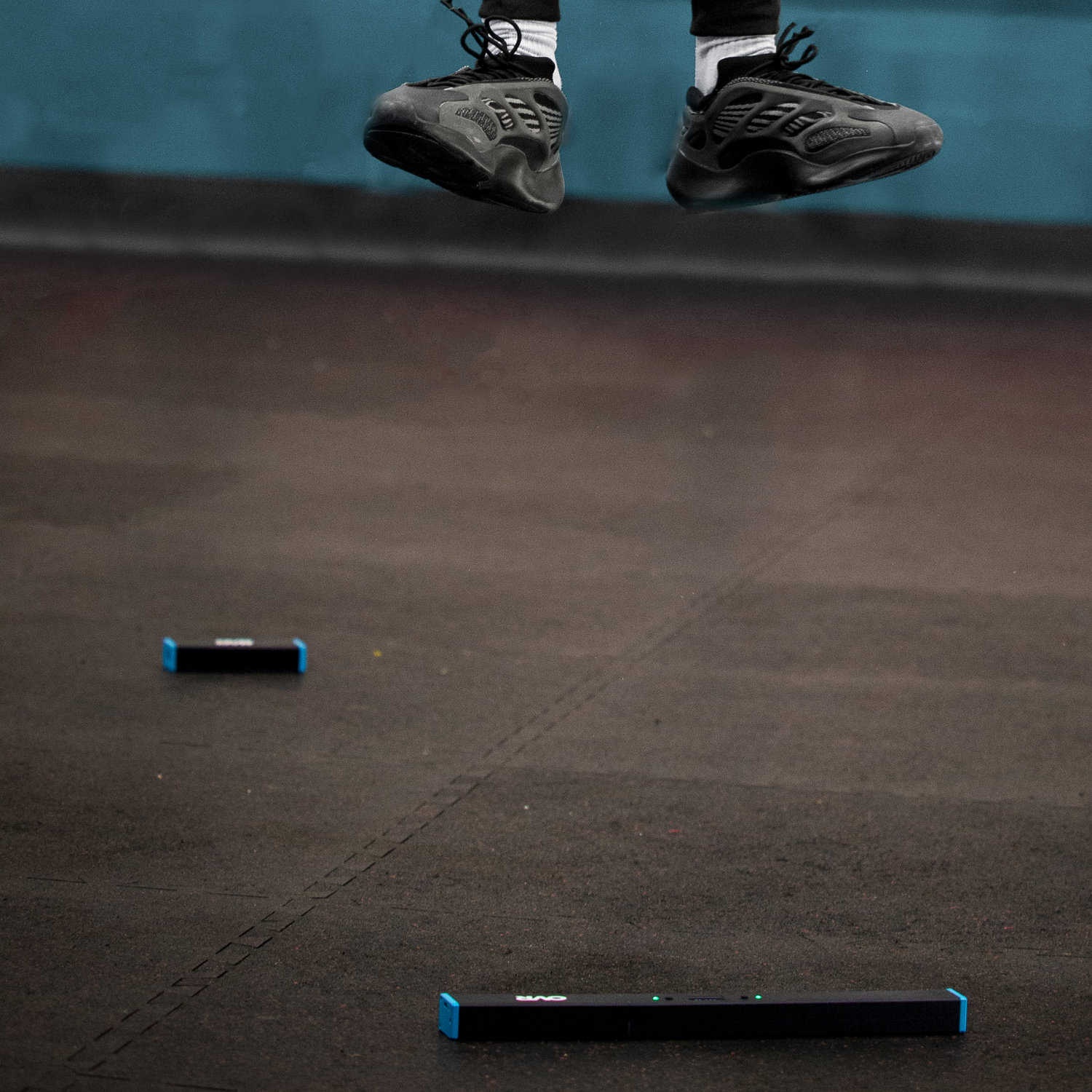
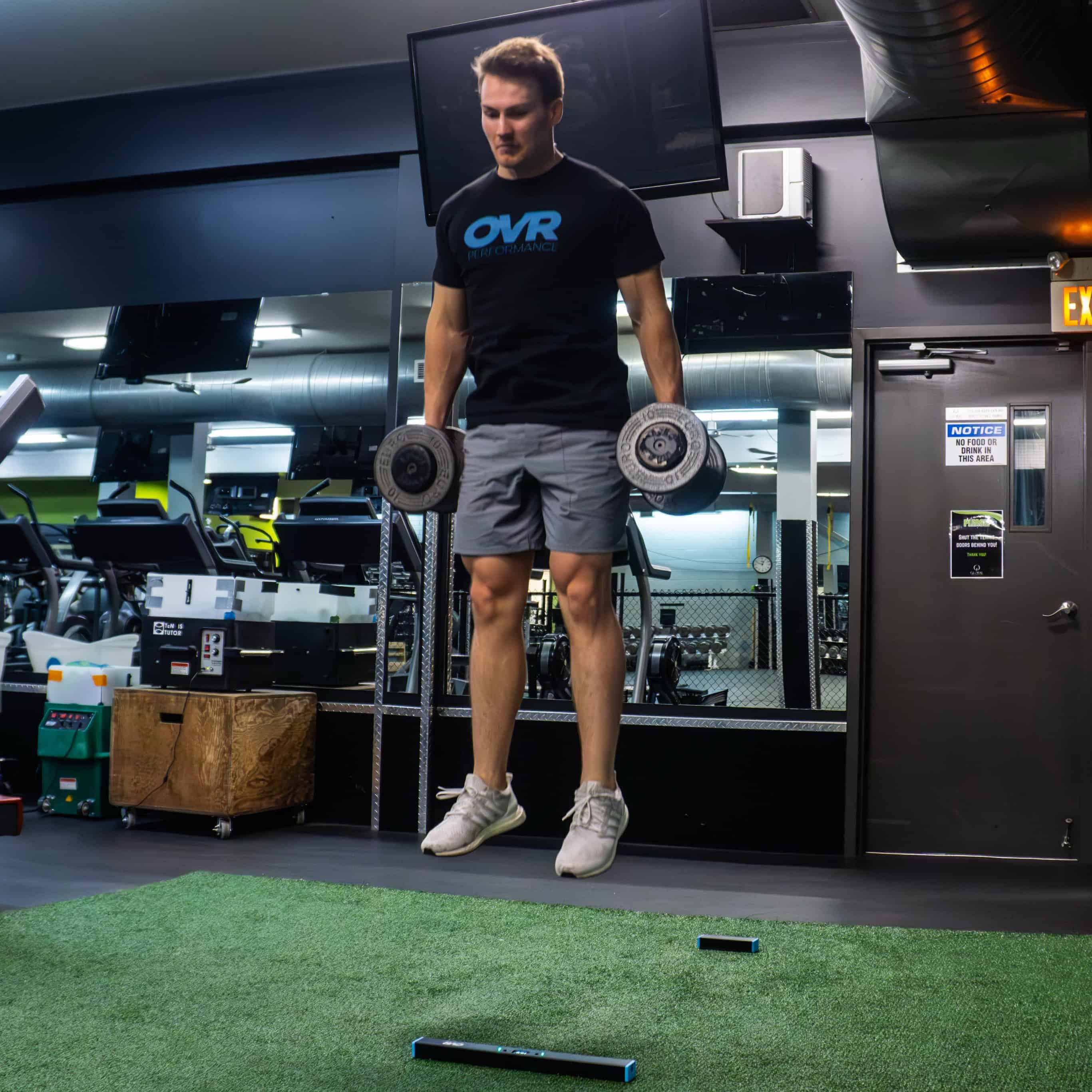
Leave a comment
This site is protected by hCaptcha and the hCaptcha Privacy Policy and Terms of Service apply.